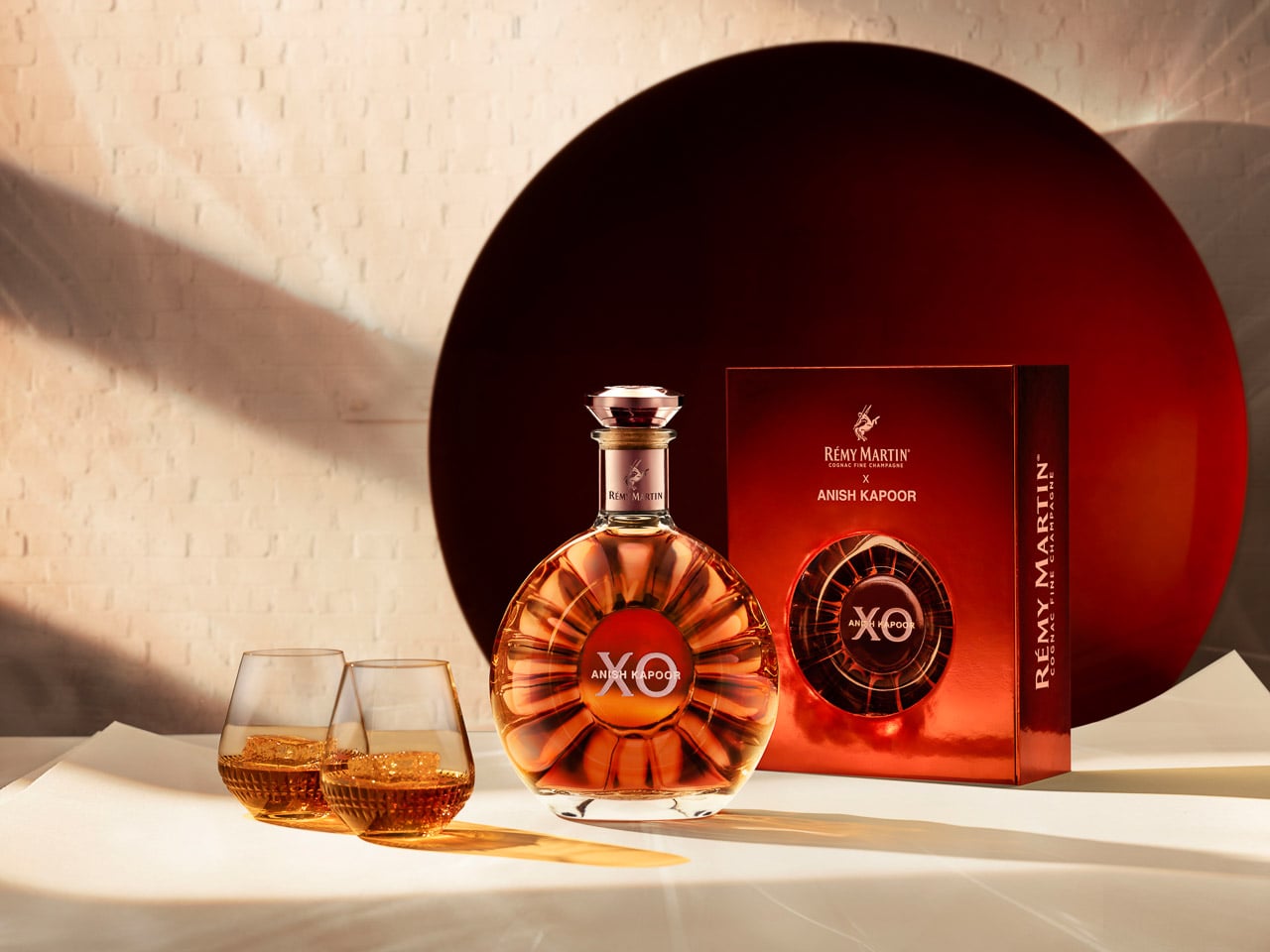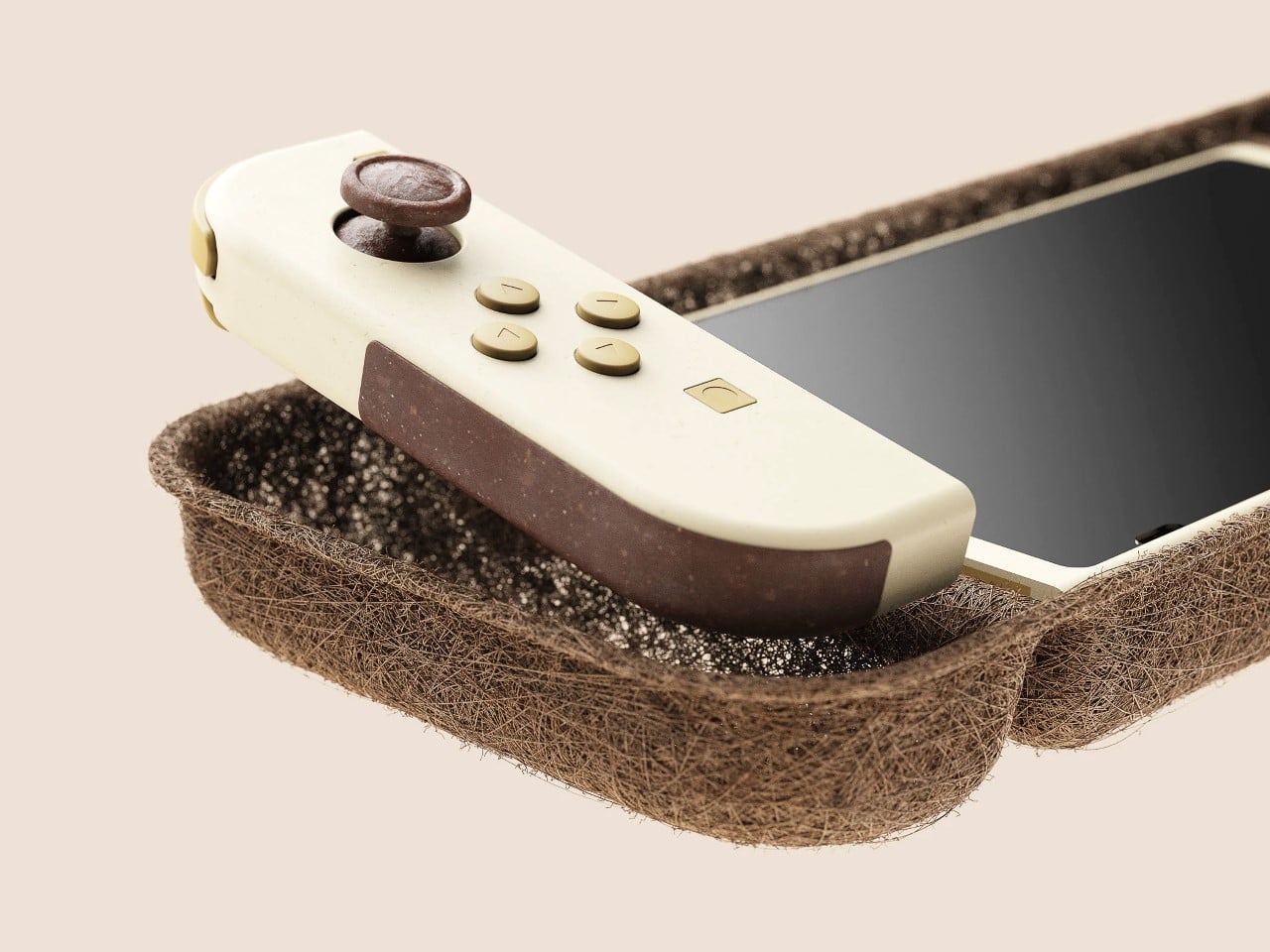When Art Meets Cognac: Anish Kapoor’s Mirror Universe Reimagines Rémy Martin XO
![]()
The worlds of contemporary art and luxury spirits rarely intersect with such deliberate intention, yet Anish Kapoor’s latest collaboration with Rémy Martin creates a compelling dialogue between artistic vision and centuries-old craftsmanship. The British-Indian sculptor, known for his mirror sculptures and explorations of void and reflection, has designed a limited-edition decanter for Rémy Martin XO that transcends typical artist collaborations.
Designer: Anish Kapoor
This partnership emerges from personal history rather than commercial opportunity. Kapoor recalls his father drinking Rémy Martin during his childhood in India, creating an emotional foundation that extends beyond mere brand association. The artist describes the cognac as having “a certain sophistication and almost a quiet place in my memory,” establishing the authenticity that distinguishes meaningful collaborations from superficial marketing exercises.
The Design Philosophy Behind Reflective Luxury
Kapoor’s approach to the decanter design centers on his signature manipulation of form and perception. The artist worked directly with Rémy Martin’s design team to create what he describes as a “much simpler design” that relates to the liquid itself and its function. This restraint reflects Kapoor’s mature artistic sensibility, where impact comes through refined execution rather than ostentatious display.
![]()
The decanter maintains the classic XO silhouette while incorporating Kapoor’s distinctive visual language. His painted concave mirrors, which have challenged perceptions in galleries worldwide, inform the decanter’s surface treatment. The piece functions as both vessel and sculptural object, creating what Kapoor calls “an alternative reality between art and savoir-faire.”
![]()
The solar shape that characterizes the original XO bottle becomes enhanced through Kapoor’s intervention. His treatment of the surface creates infinite reflections, changing the static container into a dynamic visual experience that shifts with light and viewing angle. This modification aligns with Kapoor’s broader artistic practice of creating objects that exist in a state of perpetual visual flux.
Bridging Generational Craft Traditions
The collaboration celebrates parallel traditions spanning centuries. Rémy Martin’s 300-year heritage in cognac production mirrors Kapoor’s decades-long exploration of material and form. Both practices require patience, precision, and an understanding of how time changes raw materials into refined experiences.
![]()
Amaury Vinclet, Rémy Martin’s Executive Director, positions the partnership as a meeting between “two visionaries on a constant quest for excellence.” This framing places the collaboration beyond typical luxury brand partnerships, suggesting a deeper alignment of creative philosophies. The project “radiates the energy of Rémy Martin XO, capturing reflections from the past and promises of new futures.”
The artistic process itself became collaborative, with Kapoor working alongside Rémy Martin’s designers to ensure the final piece honored both the cognac’s character and his artistic vision. This integration of perspectives creates a product that functions as both luxury object and artistic statement.
![]()
The April 2025 release through selected retail channels creates controlled scarcity without artificial exclusivity. This distribution approach allows the collaboration to serve multiple audiences simultaneously, functioning as both commercial product and artistic edition.
Limited Edition as Artistic Statement
The 700mL limited edition format, priced at $189.99, positions the collaboration within accessible luxury rather than ultra-premium collectible territory. This pricing strategy suggests Rémy Martin’s intention to reach collectors and art enthusiasts rather than targeting only the highest-end market segment.
![]()
Kapoor’s involvement extends beyond the decanter design to include a companion artwork, though details about this piece remain limited in the initial announcement. This dual approach suggests the collaboration encompasses both functional design and pure artistic expression, creating multiple touchpoints for engagement.
The personal narrative underlying this collaboration distinguishes it from typical celebrity endorsements or artist partnerships. Kapoor’s childhood memories of his father’s relationship with Rémy Martin create emotional authenticity that informs the design process. This personal connection changes the commercial collaboration into an exploration of memory, heritage, and cultural transmission.
The Intersection of Memory and Luxury
The artist’s description of the project as referring to his history creates layers of meaning beyond the physical object. The decanter becomes a vessel for personal and cultural memory, connecting past and present through both the cognac’s tradition and Kapoor’s artistic evolution. This emotional foundation allows the collaboration to function as both luxury product and personal artifact.
![]()
The piece exists simultaneously as commercial object, artistic statement, and memory vessel, creating multiple entry points for different audiences. The limited-edition format ensures exclusivity while the pricing maintains accessibility for serious collectors and art enthusiasts.
The collaboration represents successful fusion of artistic vision and luxury craftsmanship, where personal history informs commercial partnership. Through Kapoor’s distinctive approach to form and reflection, the project creates an object that honors both the cognac’s heritage and the artist’s mature practice, resulting in a piece that functions as both functional luxury and contemplative art object.
The 2025 release will test whether luxury consumers respond to art-driven design that prioritizes personal narrative over commercial spectacle, potentially setting new standards for meaningful brand collaborations in the luxury spirits market.
The post When Art Meets Cognac: Anish Kapoor’s Mirror Universe Reimagines Rémy Martin XO first appeared on Yanko Design.



